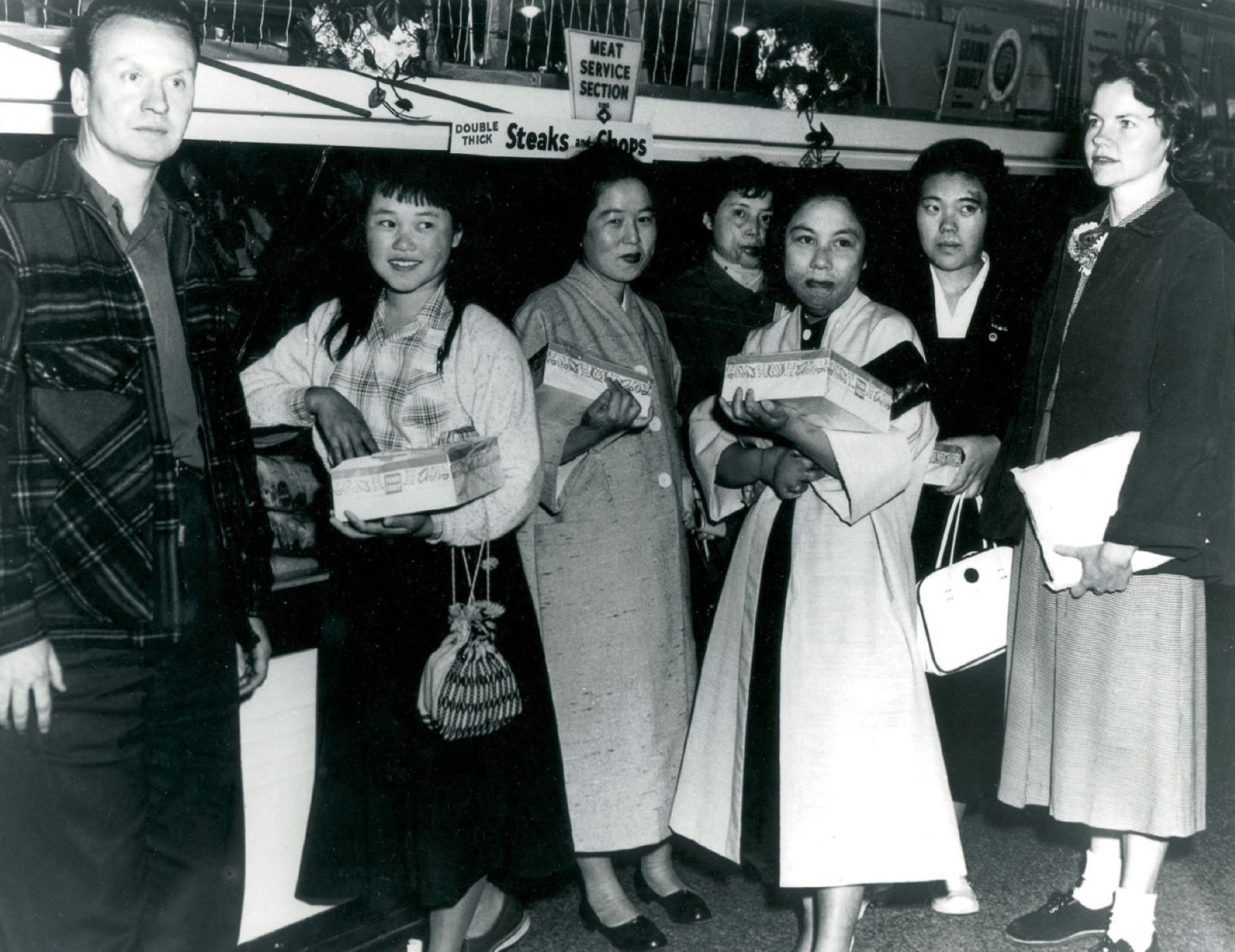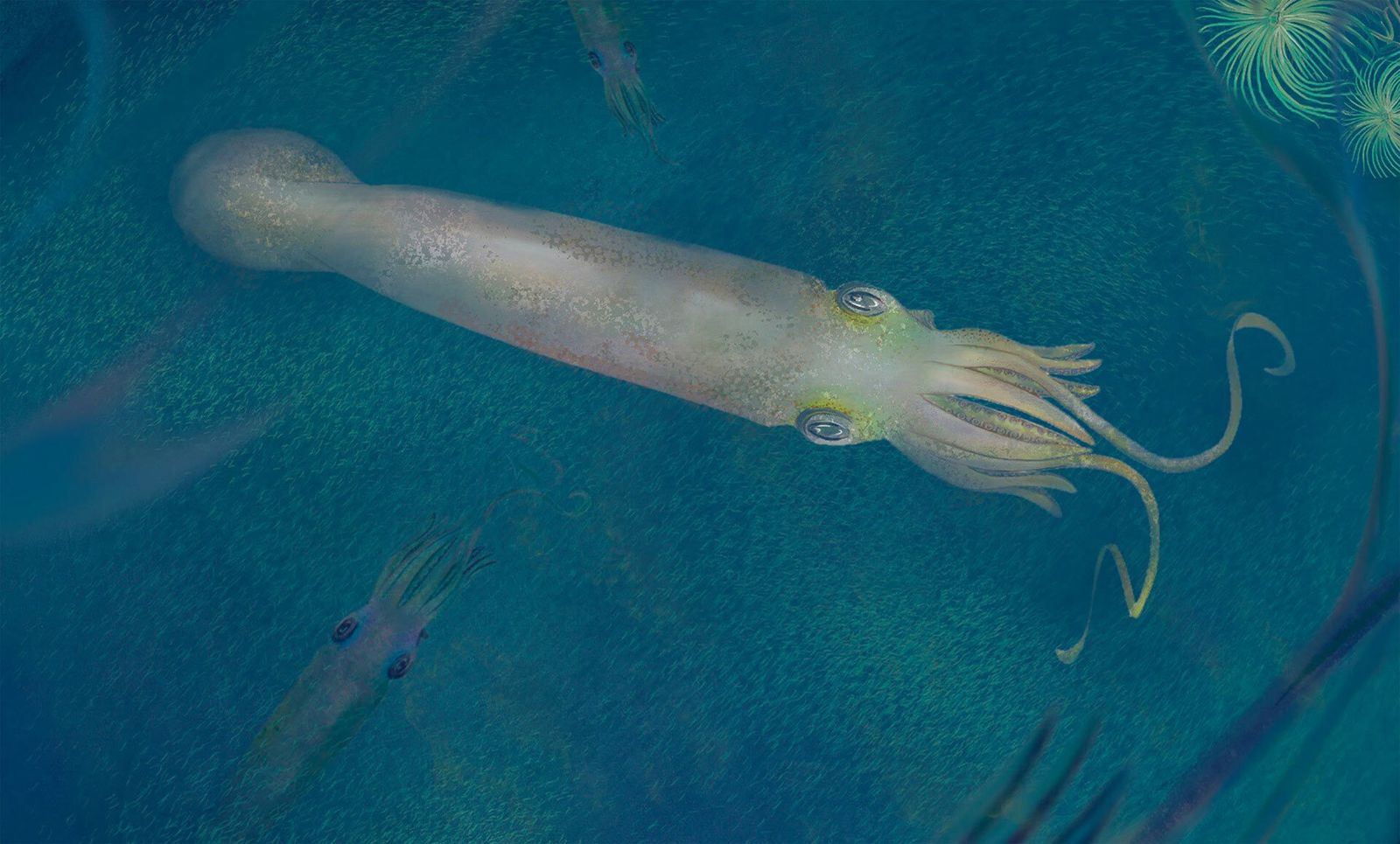
Who were the Hiroshima Maidens? They were a group of 25 Japanese women who survived the atomic bombing of Hiroshima in 1945. These women suffered severe burns and disfigurements. In 1955, they traveled to the United States for reconstructive surgery, thanks to the efforts of American journalist Norman Cousins and the Hiroshima Peace Center Foundation. Their journey wasn't just about physical healing; it was also a powerful symbol of reconciliation between former enemies. The Hiroshima Maidens' story highlights the resilience of the human spirit and the importance of international cooperation. Their legacy continues to inspire discussions on peace and the consequences of nuclear warfare.
Key Takeaways:
- The Hiroshima Maidens were a group of young Japanese women who survived the atomic bombing of Hiroshima and underwent life-changing surgeries in the United States, inspiring hope and peace.
- Their journey and resilience continue to inspire people worldwide, serving as a reminder of the human impact of war and the importance of peace and nuclear disarmament.
Who Were the Hiroshima Maidens?
The Hiroshima Maidens were a group of young Japanese women who survived the atomic bombing of Hiroshima in 1945. They became symbols of resilience and hope, undergoing reconstructive surgeries in the United States to treat their severe injuries.
- The Hiroshima Maidens were 25 women who survived the atomic bomb dropped on Hiroshima on August 6, 1945.
- These women suffered from severe burns and keloid scars caused by the intense heat and radiation.
- The term "Hiroshima Maidens" was coined by American journalist Norman Cousins.
- Norman Cousins played a significant role in bringing the Hiroshima Maidens to the United States for medical treatment.
- The women ranged in age from their teens to early twenties at the time of the bombing.
- They were selected for treatment based on the severity of their injuries and their potential for recovery.
Journey to the United States
Their journey to the United States was a significant event, filled with both hope and challenges. It marked the beginning of a new chapter in their lives.
- In 1955, the Hiroshima Maidens traveled to the United States to undergo reconstructive surgery.
- They were treated at Mount Sinai Hospital in New York City.
- The project was funded by donations from American citizens and organizations.
- The women underwent multiple surgeries to repair their disfigured faces and bodies.
- Dr. Arthur Barsky, a renowned plastic surgeon, led the medical team that treated the Hiroshima Maidens.
- The surgeries aimed to improve both their physical appearance and psychological well-being.
Life After Surgery
After their surgeries, the Hiroshima Maidens faced the challenge of rebuilding their lives. Their experiences in the United States had a profound impact on them.
- Many of the Hiroshima Maidens stayed in the United States for over a year during their treatment.
- They formed close bonds with their American host families and medical staff.
- Upon returning to Japan, they were greeted as heroines and symbols of peace.
- Some of the women became advocates for nuclear disarmament and peace.
- Their experiences were documented in various books, articles, and documentaries.
- The Hiroshima Maidens' story helped raise awareness about the human impact of nuclear weapons.
Cultural Impact
The Hiroshima Maidens left a lasting legacy, influencing both Japanese and American culture. Their story continues to inspire and educate people around the world.
- The Hiroshima Maidens' story was featured in a 1955 episode of the television show "This Is Your Life."
- Their journey was also chronicled in the book "The Hiroshima Maidens" by Rodney Barker.
- The Hiroshima Maidens inspired numerous art pieces, including paintings and sculptures.
- Their story has been included in educational curricula to teach about the consequences of nuclear warfare.
- The Hiroshima Peace Memorial Museum features exhibits about the Hiroshima Maidens.
- The women participated in various peace conferences and events throughout their lives.
Personal Stories
Each Hiroshima Maiden had a unique story, filled with personal struggles and triumphs. Their individual experiences add depth to the collective narrative.
- Shigeko Sasamori, one of the Hiroshima Maidens, became a prominent peace activist.
- Shigeko Sasamori was adopted by Norman Cousins and his wife during her stay in the United States.
- Miyoko Matsubara, another Hiroshima Maiden, worked as a nurse and continued to advocate for peace.
- Some of the Hiroshima Maidens faced discrimination and stigma in Japan due to their injuries.
- Despite their challenges, many of the women found strength in their shared experiences.
- The Hiroshima Maidens' resilience inspired many people, both in Japan and abroad.
Legacy and Remembrance
The legacy of the Hiroshima Maidens lives on through various memorials and initiatives. Their story serves as a reminder of the horrors of war and the importance of peace.
- The Hiroshima Maidens' story is commemorated annually on August 6, the anniversary of the bombing.
- Various organizations continue to support survivors of the atomic bombings, inspired by the Hiroshima Maidens.
- The Hiroshima Maidens' experiences have been used to promote nuclear disarmament globally.
- Their story has been translated into multiple languages, reaching a wide audience.
- The Hiroshima Maidens remain a symbol of hope, resilience, and the enduring human spirit.
Reflecting on Hiroshima Maidens
The Hiroshima Maidens story is a powerful reminder of resilience and human spirit. These 25 women, scarred by the atomic bomb, traveled to the U.S. for reconstructive surgery. Their journey wasn't just about physical healing but also bridging cultural divides. Despite facing numerous challenges, they showed immense courage and determination.
Their legacy continues to inspire. The Hiroshima Maidens' story highlights the importance of compassion and understanding in the face of adversity. It also serves as a poignant reminder of the devastating effects of nuclear warfare and the enduring need for peace.
By learning about their experiences, we gain a deeper appreciation for the strength of the human spirit and the importance of international cooperation. The Hiroshima Maidens' journey is a testament to the power of hope and the enduring impact of kindness.
Frequently Asked Questions
Was this page helpful?
Our commitment to delivering trustworthy and engaging content is at the heart of what we do. Each fact on our site is contributed by real users like you, bringing a wealth of diverse insights and information. To ensure the highest standards of accuracy and reliability, our dedicated editors meticulously review each submission. This process guarantees that the facts we share are not only fascinating but also credible. Trust in our commitment to quality and authenticity as you explore and learn with us.


